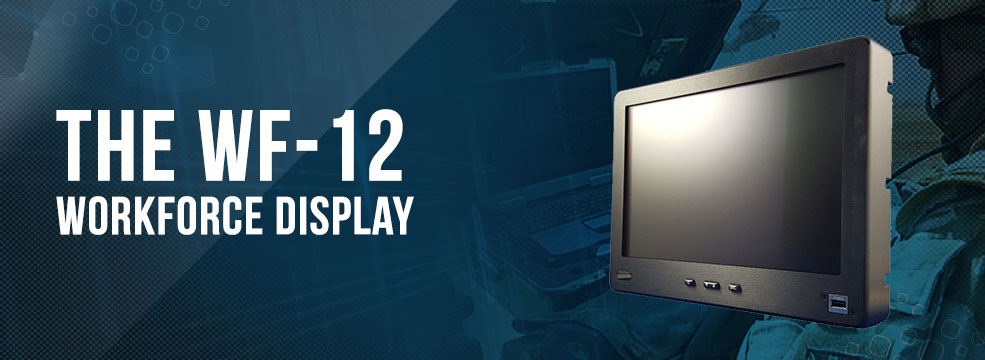DSE’s Rugged Display Used in Winning Model of the US Marines Amphibious Vehicle Competition
In a competition by the US Marines, engineers and manufacturers participated in developing a new prototype for Assault Amphibious Vehicles, or AAVs. BAE Systems’ model won against three other manufacturers, resulting in a contract worth $103.7 million for the Engineering, Manufacturing and Development (EMD) phase of the Amphibious Combat Vehicle (ACV) 1.1 program. Digital Systems Engineering is proud to be BAE’s rugged display of choice for the winning model. DSE was chosen for their ability to modify an existing COTS (commercially available off the shelf) product quickly and cost effectively. The standard MSM212VR product was redesigned to incorporate nickel-zinc coated connectors in place of cadmium plated versions. Additionally, DSE-designed and manufactured a custom video distribution product (VH3) without impacting the program schedule.
About the Amphibious Vehicle
Assault Amphibious Vehicles (AAVs), also referred to as "Amtracks,” function as land-to-water vehicles. Fully armored, these vehicles transport marines and cargo in the most hostile territories. BAE designed an eight-wheeled vehicle, more quiet and comfortable than the previous AAV models that were fully tracked. Additionally, air conditioning and better ventilation relieve nausea previously caused by hot exhaust. The amphibious vehicle delivers substantial capability improvements that not only satisfy the Marine Corps’ current needs but also meets any future goals and potential challenges. With exceptional ground mobility and protection, the ACV solution:
- Has suspended interior seat structure for 13 embarked Marines
- Blast mitigating positions for a crew of three
- Improved survivability and force protection over currently fielded systems
- Is equipped with a new 6-cylinder and 700HP power pack, providing a significant power increase
- Weighs 63,000 pounds and has a payload capacity of 6,000 pounds
- Can reach speeds of 65 mph on paved roads, 6 knots in the open ocean
- Has a range of 350 miles or 10 nautical miles at sea followed by 200 miles on land
Feedback from vehicle operators guided the final design of the driver's instrument panel and controls that include push-button automation with a digital architecture.
About BAE Systems
BAE Systems provides some of the world’s most advanced, technology-led defense, aerospace and security solutions. BAE Systems develop, engineer, manufacture and support products and systems to deliver military capability, protect national security and people and keep critical information and infrastructure secure. With over 70 years of experience in designing and building amphibious vehicles, BAE Systems is a leading provider of combat vehicles. BAE hand-picked DSE’s rugged displays to maintain their high standard of technology, durability and efficiency in the vehicle prototype.
Digital Systems Engineering
Digital Systems Engineering (DSE) offers custom design, engineering and manufacturing of rugged mobile mil- spec and industrial flat-panel LCD displays and computers for multiple markets—primarily the military, security and industrial. Since 1995, as a privately held U.S.-owned small business (FAR 19.102), DSE has achieved a worldwide reputation for excellence in the design and manufacture of leading edge, technology-driven display and computer products. DSE is proud to be a part of BAE’s winning model of the US Marines’ Amphibious Vehicle competition.
The WF-12 WorkForce Display
Digital Systems Engineering is proud to announce its latest product: the WF-12 Workforce Display. Rugged displays are the standard monitor technology used in a multitude of industries, capable of enduring extreme temperatures and shock, as well as utilization in outdoor environments at any hour of the day. The new DSE WF-12 Work Force display is the next level of rugged technology.
About the WF-12 Workforce Display
Today’s harsh industrial environments require a monitor capable of supporting digital inputs no matter the severity of use. Utilizing a high definition LCD, the Workforce Display has the flexibility to support two DVI (analog or digital) signals. The high-bright LED WF Display Series delivers a hardened solution with ease of connectivity in mind. With 5 USB ports, users can quickly view thumb drives, locally interface a computer network with mouse or keyboard, or simply power up handheld devices. Optional features include a resistive touch screen, integrated heaters for low temperature operation and EMI-461 compliance, making the Workforce a solid solution for industrial applications.
WF-12 WorkForce Display: Standard Features
The WF-12 includes state-of-the-art rugged technology features, including:
- (2) DVI-I Inputs (DVI-D and/or DVI-A)
- Integrated (5) Port USB Hub
- USB Type B Receptacle (PC Link)
- WXGA Resolution (1280x800)
- Auto Scaling, VGA to WXGA
- LED Backlight
- Anti-Reflective and Anti-Glare Treatments
- Enhanced Sunlight Readability
- IP67/NEMA 6 Enclosure
- Tactile Buttons
- 12.1” TFT AM LCD
- MIL-STD-810 Compliant
Optional Features
- RAM Mount
- Analog Resistive Touch Screen
- MIL-STD-461 Compliant
- Integrated Heaters
Technical Specifications
- Display: 8-bit color, 16,777,216 colors
- Dimming Ratio: 3000:1
- Video Inputs: DVI-I (x2) (DVI-D and/or DVI-A)
- System I/O: (5) USB Type A Ports for External Devices; (1) USB Port Type B for PC Link
- Housing: Milled AL, Black Hard Anodized
- Mounting: RAM Mount and VESA 75mm Mount compatible
- Wide Range DC Power Input†: 10-36 VDC (12,24,28 VDC nominal)
- Power Conditioning: Protected against Internal Short Circuit, Load Dump, Over Voltage and Reverse Polarity
Environmental Specifications
- IP Rating: IP67 (NEMA 6 Submersible)
- Operating Temperature: -20°C to 71°C (-4°F to 160°F) -40°C with heater option
- Storage Temperature: -51°C to 71°C (-60°F to 160°F)
- Humidity: 0-100%
- Altitude: 45,000 ft.
Military Specifications
- MIL-STD-461 (Optional): EMI
- MIL-STD-810: Method 501.4 II-Op; High Temperature
- MIL-STD-810: Method 502.4 II-Op; Low Temperature
- MIL-STD-810: Method 514.5; Procedure I, General Vibration
- MIL-STD-810: Method 516.5; Procedure I, Functional Shock
- MIL-STD-1275D: Vehicle Power Requirements
- MIL-PRF-22885: Sunlight Readability for Push Buttons
- MIL-A-8625 Type III (Class 1 & 2): Standard Finish
Digital Systems Engineering
Since 1995, as a privately held U.S.-owned small business (FAR 19.102), DSE has achieved a worldwide reputation for excellence in the design and manufacture of leading edge, technology driven display and computer products. DSE has established a long-standing history of exceeding customer expectations while creating mutually beneficial business relationships. Contact DSE today for more information on the WF-12 Display.



